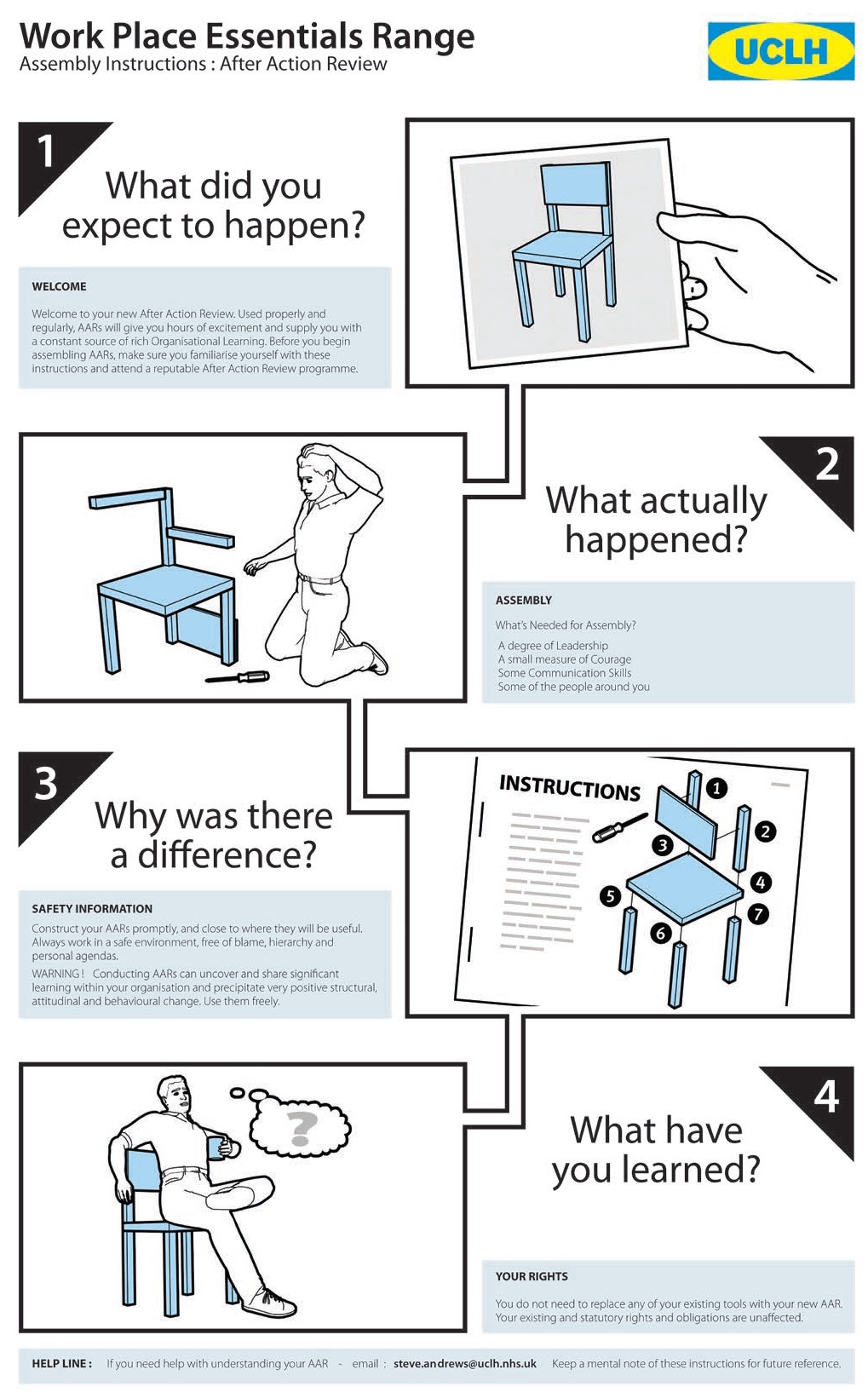Naguib Mahfouz was a Nobel prizewinning Egyptian author who published over 50 novels, and died a few years ago, aged 95. I have to confess right now that I haven’t read any of his work - but I often cite one of his quotations, and use it in my "Quotations Gallery" icebreaker exercise:
“You can tell whether a man is clever by his answers. You can tell whether a man is wise by his questions.”
I think that nicely articulates some of the problems we see in discussion forums and other knowledge exchanges, and one of the reasons that communities of practice are sometimes difficult to get started. We can coach and encourage people to be wise – to be willing to ask questions and request help and advice – that’s a healthy and valuable stimulus for discussions within a community. However, often the person reading their requests can feel that they need to provide “clever answers”. All too often, that’s where it stops.
I was talking with a knowledge manager last week who has been supporting communities in her organisation for several years, and has had particular success with her on-line discussion forums. I often find myself working with organisations who are struggling to sustain momentum with this kind of thing, so I was interested to see what was different in her approach. She talked me though the way the forum worked.
“and this is our Q&R section..”, she commented, clicking deftly through the tabs in the software.
“Q&R? What’s that?”. I stopped her.
“Q&R? Why, it’s questions and responses. We used to call it “questions and answers”, but we found that it inhibited people who didn’t feel that they had a complete answer, but were willing to offer some kind of a response.”
I think that’s a great insight. When we use the word “answer”, we raise the stakes for anyone thinking about making a contribution. But if I’m just being asked for a response, and the requester will make a decision on how to interpret and apply it... well, that’s a far less threatening proposition, for the person answering and the person asking.
ConocoPhillips, another company whose KM activities I admire, structure their discussion forums under the banner of “Ask and Discuss”. You want me to join in a discussion? That sounds fine!
I blogged earlier about a technique called “Speed Consulting”, which applies time pressure to a problem-solving meeting so that sharing “consultants” only have time to offer imperfect suggestions – rather than perfect solutions. It’s the same principle.
So let’s leave it to the people who ask the questions, to derive their own answers from our responses and inputs into the discussion. After all, as Naguib would say, they’re the wise ones.
To be published in the next edition of Inside Knowledge



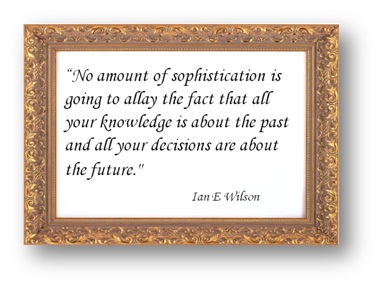


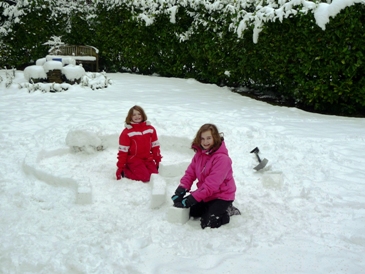
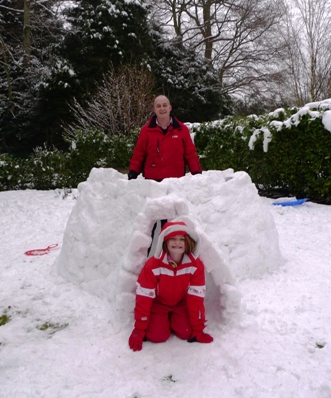

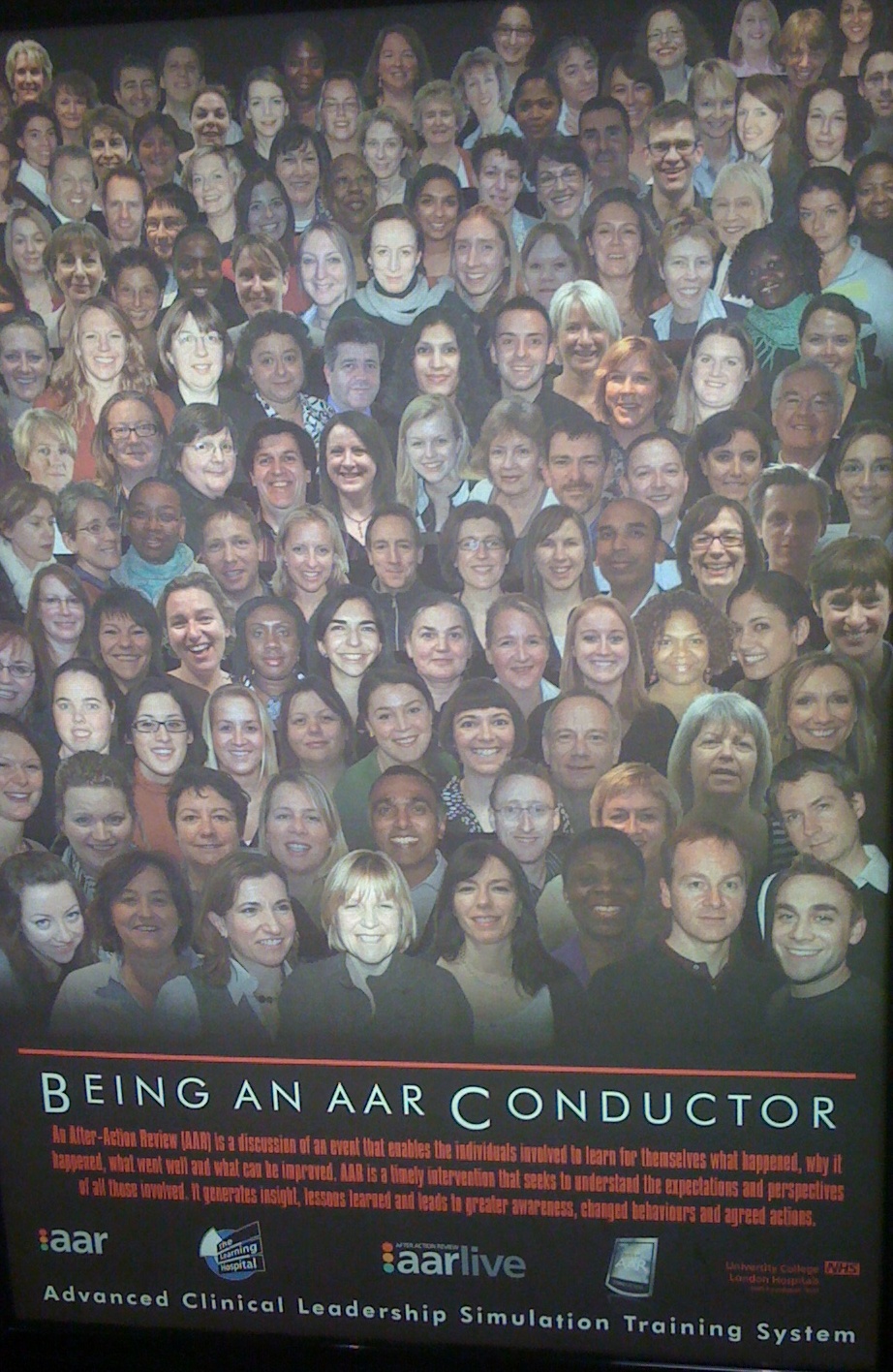 This very real experience is then the basis for staff to conduct after action reviews, to be videoed, review and discuss with their colleagues, together with the Learning Hospital expert staff. So far, 400 staff have become “AAR Conductors”, carrying out reviews in a variety of situations.
This very real experience is then the basis for staff to conduct after action reviews, to be videoed, review and discuss with their colleagues, together with the Learning Hospital expert staff. So far, 400 staff have become “AAR Conductors”, carrying out reviews in a variety of situations.